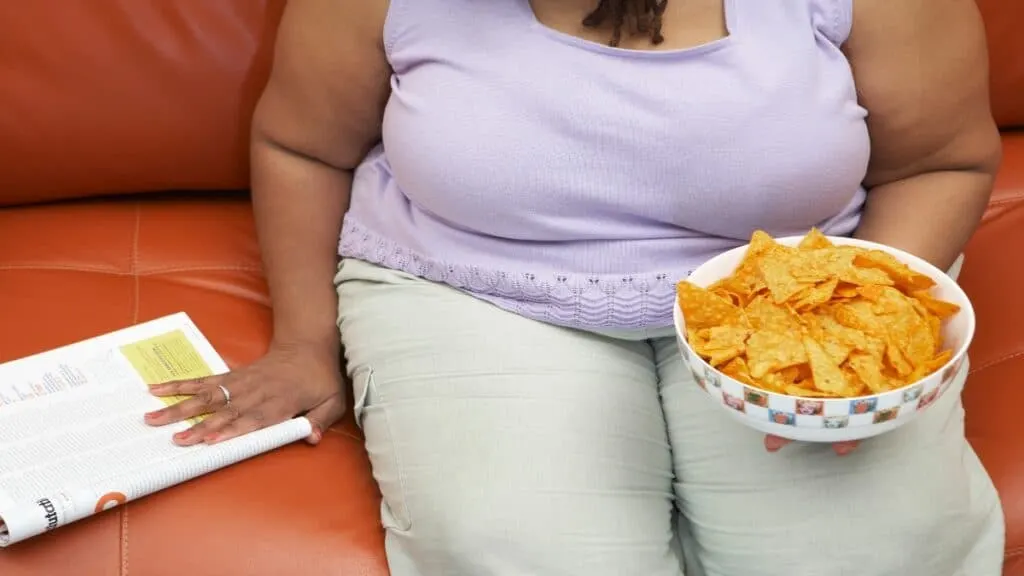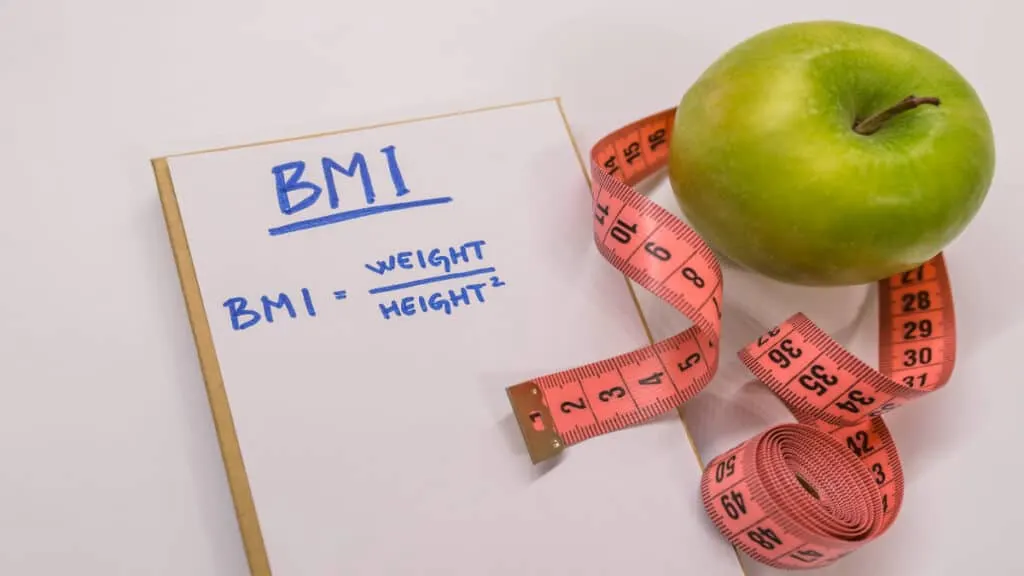A BMI of 37 is very high for both men and women. Even compared to the body mass index of the average American, a 37 BMI is still quite high.
Therefore, it’s very important that a BMI 37 individual gets the help that they need to lose their excess body fat, which can be particularly damaging when it accumulates around the waist.
Compare Similar BMIs:
- Normal BMI for men
- Body mass index of 30
- Body mass index of 31
- Body mass index of 32
- Body mass index of 33
- Body mass index of 34
- Body mass index of 35
- Body mass index of 36
- Body mass index of 38
- Body mass index of 39
What does a BMI of 37 look like on a woman?

On a woman, a BMI of 37 looks obese because a body mass index of 37 is a hefty 7-8 BMI points higher than average for a female.
Obviously, since many women have different builds and varying levels of muscle mass, not every BMI 37 woman will look the same.
That said, nobody will look lean with a 37 BMI; it’s just not possible.
The exact classifications of a 37 BMI are disputed, with some sources claiming that a body mass index of 37 constitutes severe obesity, whereas others claim that BMI 37 and similar BMI scores are just examples of moderate obesity.
Either way, one thing’s for sure; obesity is a growing problem and is at the point of epidemic. [1]
What do men with a 37 BMI look like?

A man with a BMI of 37 will look obese as he will naturally be carrying more body fat than the average man.
Again, men often have very different body shapes due to their bone structure and muscularity, but as with women of the same BMI, no man is capable of being lean at a body mass index of 37.
Sure, it’s possible to have high levels of muscle mass while being obese, but your muscle mass isn’t the reason why you have a BMI of 37; your excess body fat is.
Excess body fat is particularly damaging when stored around the waist (which is more common for men than women) because it can lead to the accumulation of a dangerous internal fat called visceral fat, which ultimately wraps around your organs and often leads to chronic disease.
Common BMI 37 scores

Here is a list of common BMI 37 scores and their categorizations.
37.1 BMI
A BMI of 37.1 falls into the class 2 obesity category. Some people would actually call this severe obesity, whereas other health bodies feel that it’s a more moderate example of obesity.
37.2 BMI
If you have a BMI of 37.2, then you’re seven BMI points into the obese category and close to being morbidly obese.
37.3 BMI
If you’ve got a BMI of 37.3, then you’ll need to lose a significant amount of weight if you want to enjoy good health. This comes down to creating an energy deficit so that your body can shed its excess fat.
37.4 BMI
Those who have a 37.4 BMI are putting their health at risk by maintaining an extremely high body weight for a person of their height.
37.5 BMI
A person with a BMI of 37.5 needs to lose weight if they want to achieve good long-term health. The good news is that since obesity can be treated, there’s still hope for people with a 37.5 BMI. [2]
37.6 BMI
A 37.6 BMI is on the higher end of the obesity category. We know this because a BMI of 37.6 is around 7-8 BMI points higher than average.
37.7 BMI
If you have a BMI of 37.7, then while you might have good amounts of muscle mass and a large frame, you almost certainly have too much body fat as well. As such, weight loss is the way to go.
37.8 BMI
If you’ve got a BMI of 37.8, then you should talk with your doctor so that you get personal weight loss advice that will work for your body and particular situation.
37.9 BMI
A 37.9 BMI is much higher than usual for both males and females and is a virtual guarantee that an individual, from a physical health perspective, is carrying far too much body fat.
The verdict: Is a BMI of 37 morbidly obese or not?
If we go by the WHO’s classification, which has stood the test of time, a BMI of 37 isn’t quite considered morbidly obese.
Still, given BMI’s inability to distinguish between muscle and fat, it’s possible that a morbidly obese individual could have more body fat than a person with a 37 BMI.
For this reason, it’s very important that BMI 37 individuals seek professional help for what could well be a problem of severe obesity.
References
- Tsai, A. G., & Wadden, T. A. (2013). In the clinic: obesity. Annals of internal medicine, 159(5), ITC3–ITC16. https://doi.org/10.7326/0003-4819-159-5-201309030-01003
- Clinical guidelines on the identification, evaluation, and treatment of overweight and obesity in adults: executive summary. Expert Panel on the Identification, Evaluation, and Treatment of Overweight in Adults. (1998). The American journal of clinical nutrition, 68(4), 899–917. https://doi.org/10.1093/ajcn/68.4.899

